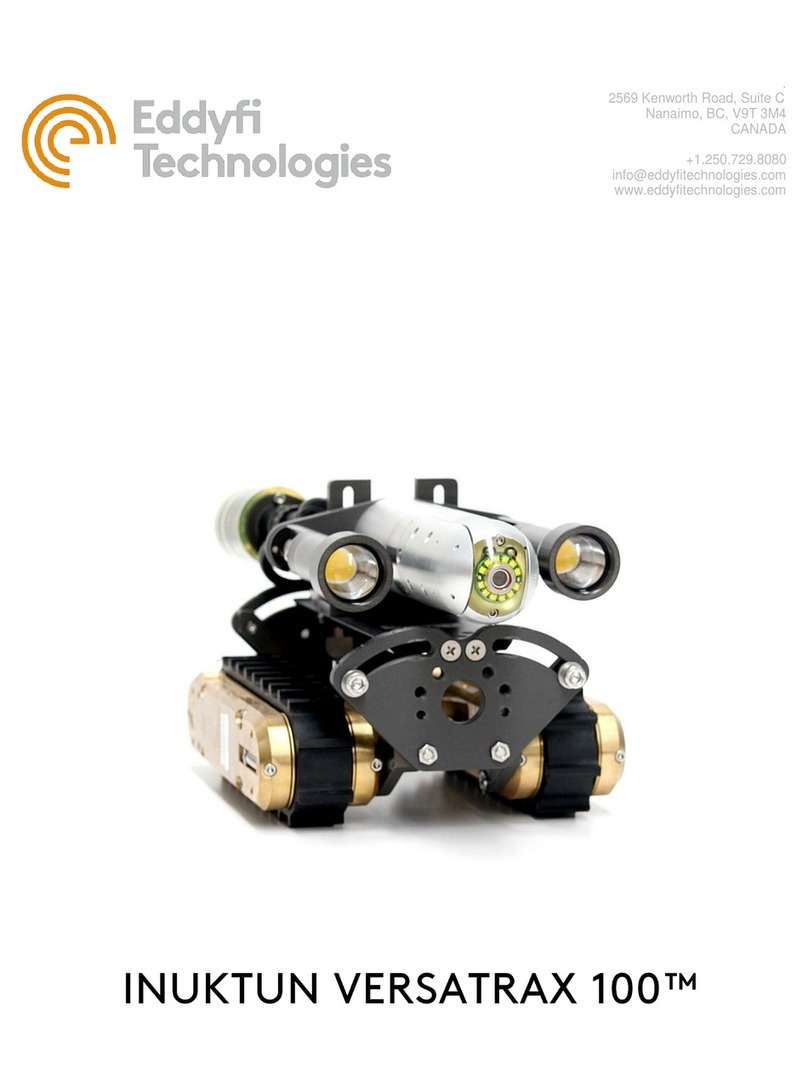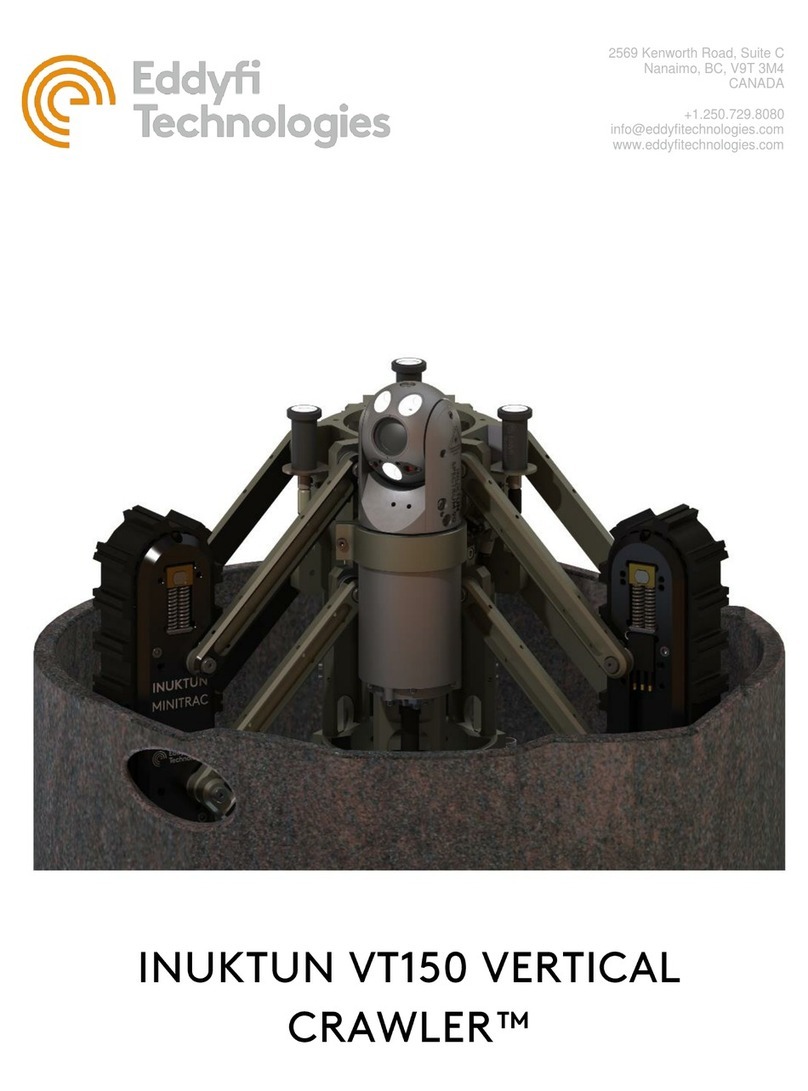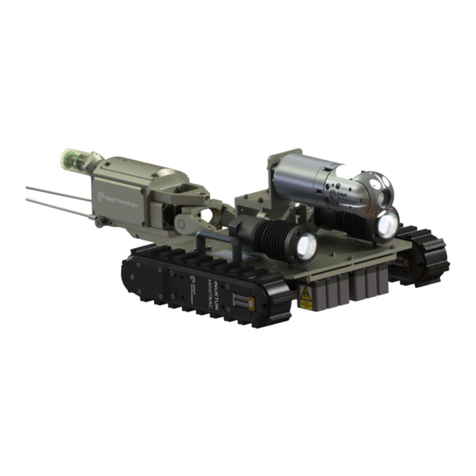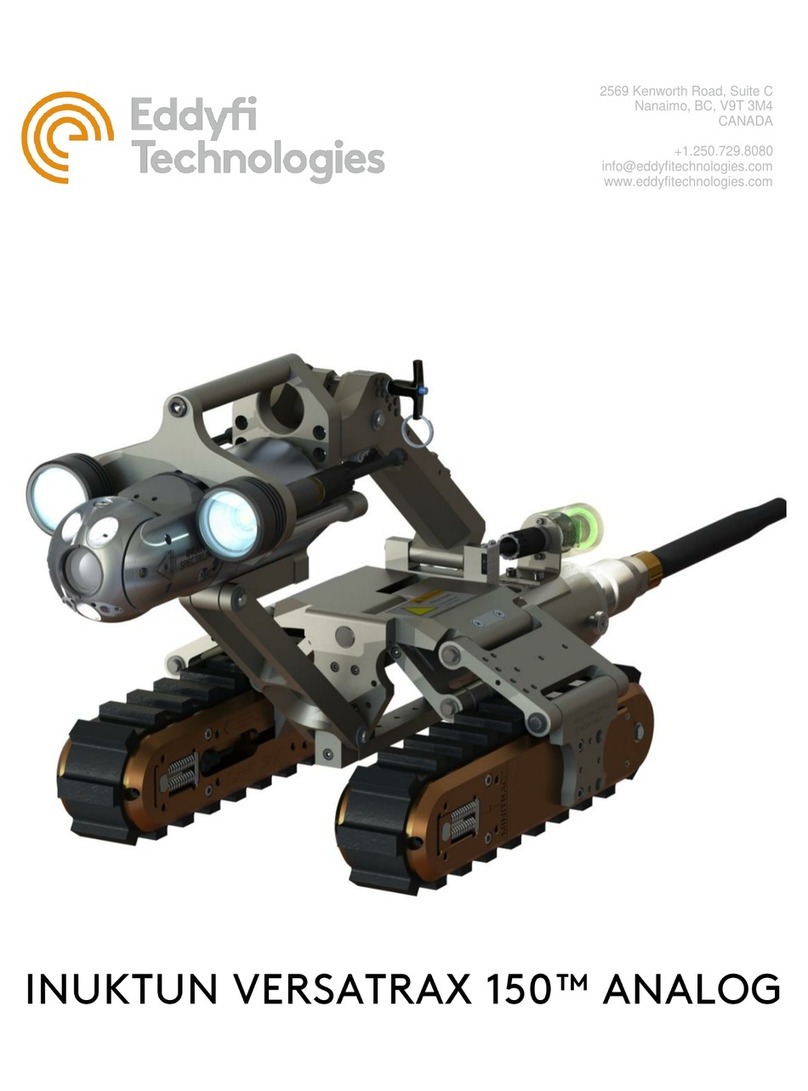Table of Contents
About This Manual........................................................................................................................................4
System Description.......................................................................................................................................4
Specifications............................................................................................................................................5
Precautions...............................................................................................................................................6
Certification...............................................................................................................................................6
Vehicle Overview......................................................................................................................................6
Dimensions...............................................................................................................................................7
Safety........................................................................................................................................................8
Intended Use...........................................................................................................................................10
Laser Lines .............................................................................................................................................11
System Setup..............................................................................................................................................12
Personnel Requirements........................................................................................................................12
Working and Storage Environment.........................................................................................................12
System Power.........................................................................................................................................13
Galvanic Corrosion Control.....................................................................................................................13
ICON™ Portable Controller Connection .................................................................................................13
Vehicle and Tether Connection ..............................................................................................................13
Portable Reel Setup................................................................................................................................14
Mini-Reel Setup ......................................................................................................................................15
Tether Handling ......................................................................................................................................16
Connector Handling................................................................................................................................16
SubConn Connector: Lubrication and Cleaning ..................................................................................17
Impulse Connector: Lubrication and Cleaning.....................................................................................17
Vehicle Configuration..................................................................................................................................18
Camera Mounting ...................................................................................................................................18
Standard Mounting...............................................................................................................................18
Pole Mounting......................................................................................................................................19
Alternate Mounting...............................................................................................................................19
Magnet Spacing......................................................................................................................................20
Fall Arrest................................................................................................................................................22
Operation.....................................................................................................................................................22


































